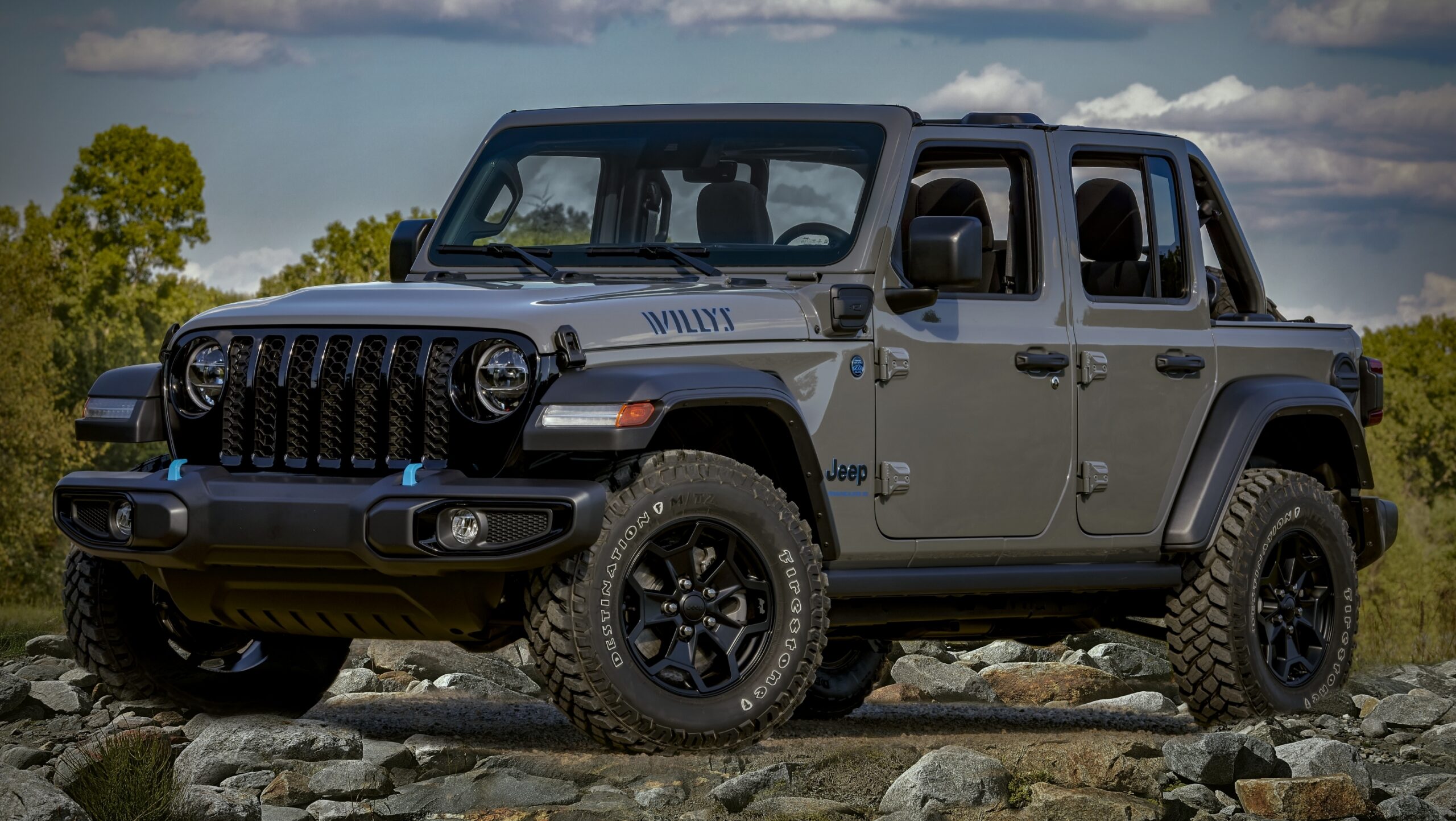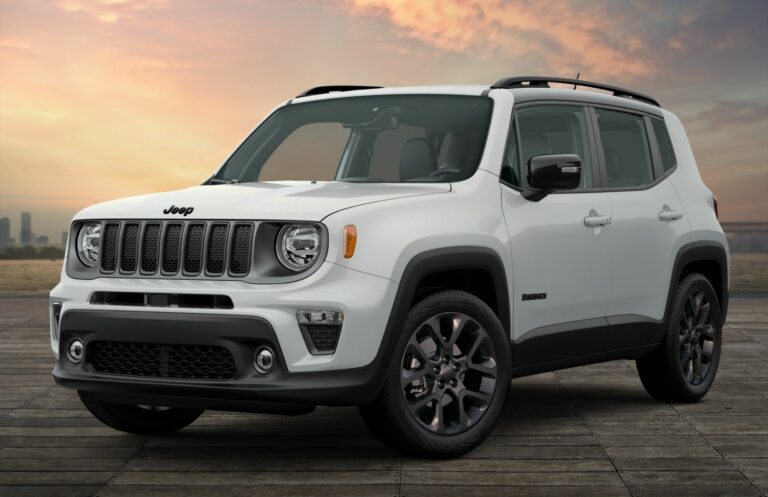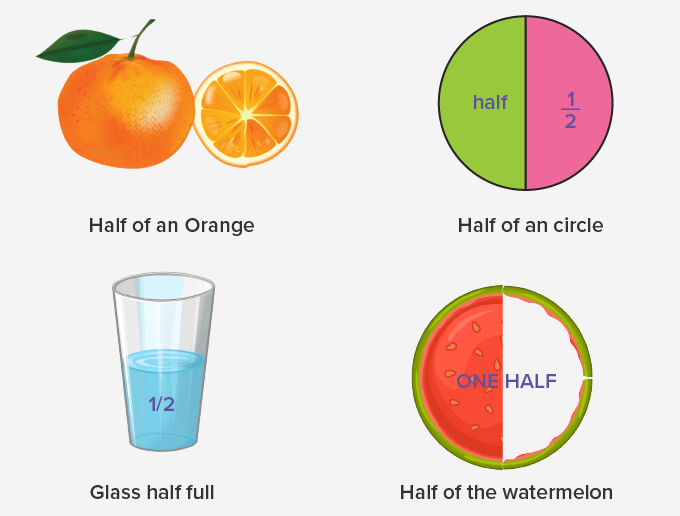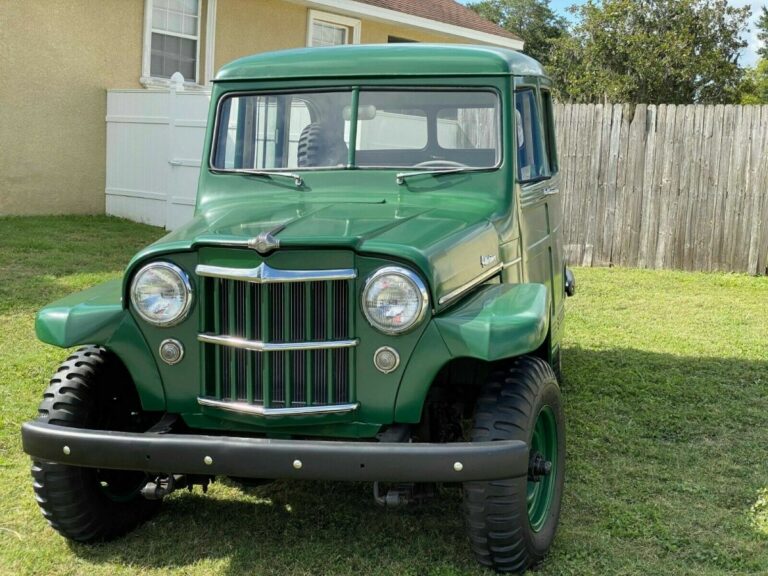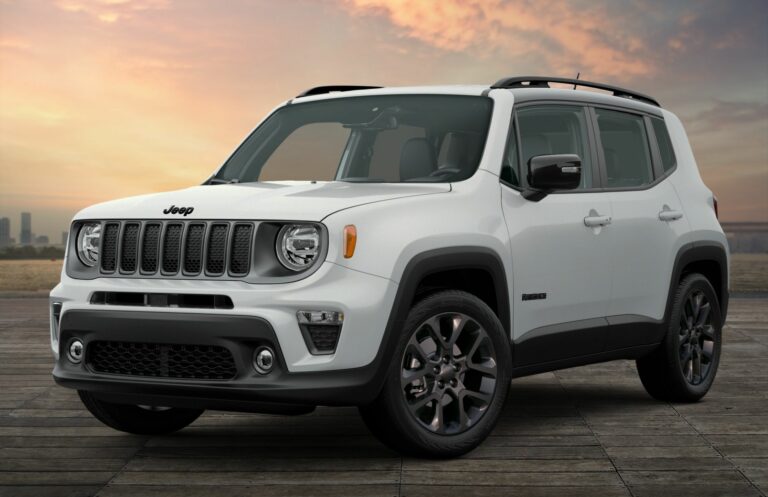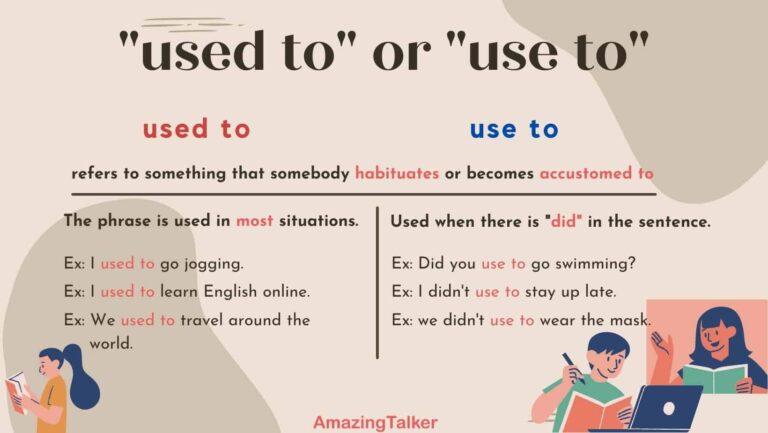Jeep Truck Kit For Sale: Transform Your Wrangler into the Ultimate Utility Machine
Jeep Truck Kit For Sale: Transform Your Wrangler into the Ultimate Utility Machine jeeps.truckstrend.com
For decades, the Jeep Wrangler has been synonymous with unparalleled off-road capability, open-air freedom, and a vibrant culture of customization. While its SUV form factor excels in conquering trails and navigating urban jungles, many Jeep enthusiasts crave the added utility and distinctive aesthetic of a pickup truck. Enter the Jeep Truck Kit, an ingenious solution that allows owners to transform their beloved Wrangler into a versatile, go-anywhere pickup. This article delves into everything you need to know about Jeep Truck Kits for sale, from their benefits and types to installation insights and critical considerations, empowering you to embark on this exciting automotive project.
What Exactly is a Jeep Truck Kit?
Jeep Truck Kit For Sale: Transform Your Wrangler into the Ultimate Utility Machine
At its core, a Jeep Truck Kit is a specialized aftermarket conversion package designed to convert a standard Jeep Wrangler (most commonly JK and JL generations, but also available for TJ and YJ models) into a functional pickup truck. Unlike simply removing the rear seats, these kits typically involve significant structural modifications. They often include:
- Frame Extensions: To lengthen the wheelbase and accommodate a proper bed.
- Rear Body Panels/Cab Enclosure: To create a defined passenger cabin separate from the bed.
- Truck Bed: Ranging from short to full-size, complete with tailgate and bedliner options.
- Hardtop or Soft Top Sections: Designed to integrate with the new cab.
- Wiring Harnesses and Hardware: For lights, fuel lines, and securing all components.

The primary purpose of these kits is to provide the utility of a truck – hauling gear, tools, or camping equipment – while retaining the legendary off-road prowess, removable tops, and unique styling that define the Jeep Wrangler. It’s a compelling alternative for those who want more than a standard SUV but find the factory Jeep Gladiator either too large, too expensive, or not customizable enough for their specific vision.
The Undeniable Benefits of a Jeep Truck Kit Conversion
Opting for a Jeep Truck Kit offers a multitude of advantages that go beyond mere aesthetics:
- Unmatched Customization and Individuality: Unlike mass-produced vehicles, a truck-converted Jeep is a truly unique statement. You choose the kit, the bed style, the paint, and every accessory, creating a vehicle that perfectly reflects your personality and needs. It stands out from the crowd, even among other Jeeps.
- Enhanced Utility and Versatility: The most obvious benefit is the added cargo capacity. Whether you’re hauling firewood, camping gear, mountain bikes, or tools for a job site, a truck bed dramatically expands the Wrangler’s functionality. This makes it an ideal vehicle for adventurers, DIY enthusiasts, and anyone needing practical hauling solutions.
- Cost-Effectiveness (Potentially): While a kit involves an investment, it can often be more cost-effective than purchasing a brand-new Jeep Gladiator, especially if you already own a Wrangler. Furthermore, the ability to build it yourself can save on labor costs.
- Retained Off-Road Prowess: Crucially, these kits are designed to maintain the Wrangler’s renowned off-road capabilities. With proper installation, your converted Jeep will still conquer trails, ford streams, and articulate over obstacles with ease, offering the best of both worlds.
- DIY Satisfaction and Pride: For many enthusiasts, the process of building their own truck-Jeep is incredibly rewarding. It’s a challenging yet fulfilling project that results in a deep personal connection to the vehicle and immense pride in the finished product.
Types of Jeep Truck Kits Available
The market offers a variety of Jeep Truck Kits, catering to different needs, budgets, and donor vehicles:
- Full Body Conversion Kits (e.g., AEV Brute, Mopar JK-8, GR8TOPS): These are the most comprehensive kits, often involving frame extension, a new rear cab, and a full truck bed. They provide a factory-like appearance and significantly transform the vehicle. Some renowned examples include the AEV Brute (for TJ and JK models, though production has ceased, used kits are still sought after) and the Mopar JK-8 Independence kit (for JK 2-door).
- Bed-Only Kits/Rear Tub Replacement Kits: These kits typically replace the rear tub section of the Wrangler with a more integrated bed, often without requiring extensive frame modifications. They offer a simpler conversion for those seeking basic bed utility.
- Chop Top/Half-Cab Kits: Less about a full truck bed and more about creating a distinct half-cab look, these kits convert the rear of the Wrangler into a compact, open cargo area, often retaining a shorter wheelbase.
- DIY/Modular Components: For the truly adventurous, some companies offer individual components like bed tubs, tailgate assemblies, or frame extension pieces, allowing for a custom fabrication approach.
When considering a kit, always ensure it’s compatible with your specific Jeep model, year, and door configuration (2-door vs. 4-door), as kits are often designed for particular platforms.
Key Considerations Before Purchasing and Installing
Embarking on a Jeep Truck Kit conversion is a significant undertaking. Careful planning and consideration are paramount:
- Donor Vehicle Compatibility: Verify that the kit is specifically designed for your Jeep’s make, model, and year. A JK kit won’t fit a JL, and a 2-door kit won’t work seamlessly on a 4-door without significant additional fabrication.
- Budget Beyond the Kit: The kit’s price is just the beginning. Factor in costs for:
- Paint: Matching your existing color or a new custom look.
- Tools: Specialized tools like welders, grinders, and bodywork equipment if doing it yourself.
- Additional Parts: Bedliners, tie-downs, lighting, and other accessories.
- Professional Labor: If you’re not doing the installation yourself, shop rates can be substantial.
- Contingency Fund: Always budget an extra 10-20% for unexpected issues.
- Skill Level and Tools Required: Full conversion kits can be complex, requiring skills in:
- Basic Mechanics: Disassembly and reassembly of vehicle components.
- Fabrication/Welding: Many kits require frame cutting, welding, and reinforcement.
- Bodywork: Panel alignment, sanding, and preparation for paint.
- Electrical: Extending wiring for taillights, fuel pumps, and sensors.
- If you lack these skills, professional installation is highly recommended.
- Legalities and Regulations: Vehicle modification laws vary significantly by state and country. Research thoroughly:
- Vehicle Registration: Will the title need to be updated to reflect a "truck" or "pickup"?
- VIN Plate: Some extensive modifications might require re-stamping or special inspections.
- Emissions and Safety Inspections: Ensure the conversion doesn’t compromise these.
- Insurance: Inform your insurance provider about the modification, as it may affect coverage or premiums.
- Impact on Vehicle Performance: Adding a bed and extending the frame will change weight distribution, center of gravity, and overall vehicle length. This can affect handling, braking, and potentially fuel economy. Consider upgrading suspension or brakes if carrying heavy loads.
- Resale Value: While unique, highly customized vehicles can appeal to a niche market, they may not always command a higher resale value than a stock vehicle or a factory Gladiator.
The Installation Process: A General Guide
While each kit has specific instructions, the general process for a comprehensive Jeep Truck Kit conversion follows these steps:
- Preparation: Read the manual thoroughly, gather all tools and parts, clear a large, well-lit workspace, and ensure the vehicle is clean and stable.
- Disassembly: Carefully remove the rear body tub, rear seats, roll cage sections, exhaust, fuel tank, and any wiring/hoses running to the rear. Document everything with photos.
- Frame Modification (If Required): This is often the most critical step. It involves precise cutting of the frame rails, adding extension pieces, and professional-grade welding to ensure structural integrity. This step should only be performed by experienced individuals or certified welders.
- Body and Cab Installation: Mount the new cab enclosure, ensuring proper alignment with the existing front cab. Then, install the truck bed onto the extended frame, securing it according to the kit’s instructions.
- Wiring and Plumbing: Extend and reconnect all necessary wiring (taillights, fuel pump, sensors) and fuel lines.
- Finishing Touches: Install the new hardtop or soft top sections, bedliner, tailgate, and any other accessories. Prepare the new body panels for paint.
- Paint and Reassembly: Once painted, reassemble any remaining components, ensuring all bolts are torqued to spec.
- Testing and Inspection: Perform thorough safety checks, test all lights and functions, and take the vehicle for a cautious test drive to ensure everything feels right.
Crucial Tip: If any step feels beyond your skill level, do not hesitate to seek professional assistance. Safety and structural integrity are paramount.
Challenges and Solutions
- Complexity of Installation: Break the project down into smaller, manageable tasks. Utilize online forums, YouTube tutorials, and community support groups for guidance.
- Cost Overruns: Plan meticulously, get quotes for professional services, and always have a contingency budget.
- Legal Hurdles: Research local DMV regulations early in the process. Consult with a vehicle inspection station if unsure.
- Structural Integrity Concerns: Use high-quality welding equipment and techniques. If unsure, hire a certified welder for frame modifications.
- Paint Matching: Professional paint shops have specialized equipment to perfectly match your existing paint or apply a new, durable finish.
Tips for a Successful Jeep Truck Conversion
- Research, Research, Research: Before buying, scour reviews, watch installation videos, and talk to others who have done the conversion.
- Choose the Right Kit: Select a kit that matches your desired outcome, budget, and skill level. Don’t bite off more than you can chew.
- Plan Every Step: Create a detailed checklist of tasks, tools, and parts needed.
- Invest in Quality Tools: Good tools make the job easier, safer, and more precise.
- Don’t Rush: Take your time, double-check measurements, and don’t skip steps. Patience is key.
- Safety First: Always wear appropriate personal protective equipment (PPE) like gloves, eye protection, and hearing protection. Use proper lifting techniques.
- Join a Community: Online forums and local Jeep clubs are invaluable resources for advice, troubleshooting, and support.
- Consider Professional Help for Critical Steps: Welding, painting, and complex electrical work are often best left to specialists.
Estimated Price Range for Jeep Truck Kits
The cost of a Jeep Truck Kit varies significantly based on the type of kit, the donor vehicle, the manufacturer, and what’s included. The prices below are estimates for the kit itself and do not include installation labor, paint, or additional accessories.
| Kit Type | Donor Vehicle | Key Features Included | Estimated Price Range (USD) | Notes |
|---|---|---|---|---|
| Basic Bed/Half-Cab Kit | JK/JL 2-door | Rear tub replacement, basic bed, no frame extension | $2,000 – $5,000 | Ideal for lighter utility, less complex install. |
| Full Conversion Kit | JK 2-door | Frame extension, new rear cab, truck bed, hardware | $8,000 – $15,000 | E.g., Mopar JK-8 Independence (when available), other aftermarket brands. |
| Premium Full Conversion | JK/JL 4-door | Frame extension, premium cab/bed, advanced features | $15,000 – $25,000+ | For a factory-like finish; may require significant professional work. |
| DIY/Component Pieces | Any | Individual parts (bed panels, frame sections, specific molds) | Varies greatly | Requires significant fabrication skill and sourcing of additional parts. |
Important Note: These prices are for the kit only. Expect to spend an additional $2,000 – $10,000+ for professional installation, paint, and potential upgrades or unforeseen costs, depending on the complexity of the kit and the chosen finish.
Frequently Asked Questions (FAQ) About Jeep Truck Kits
Q: Do I need to cut the frame of my Jeep?
A: Most comprehensive full conversion kits require cutting and extending the frame to properly integrate a truck bed and maintain structural integrity. Simpler "bed-only" kits may not. Always check the specific kit’s instructions.
Q: Is it legal to convert my Jeep into a truck?
A: Legality varies by state and country. In many places, it’s legal as long as the vehicle meets safety and emissions standards. You may need to update your vehicle’s registration to reflect the change from SUV to truck. Always research your local regulations before starting.
Q: How long does the installation typically take?
A: For an experienced DIY enthusiast, a full conversion can take anywhere from 80 to 200+ hours. Professional shops may complete it faster, but it’s still a multi-day or multi-week project depending on the kit’s complexity and the shop’s schedule.
Q: Can I do the conversion myself, or do I need professional help?
A: If you have advanced mechanical skills, experience with welding, bodywork, and electrical systems, and the right tools, a DIY conversion is possible. However, for critical steps like frame modification and paint, professional help is often recommended for safety and quality.
Q: Does converting my Jeep void its warranty?
A: Yes, significant modifications like a truck conversion will likely void your factory warranty, particularly for components affected by the conversion (e.g., frame, powertrain, electrical system).
Q: What’s the main difference between a Jeep Truck Kit conversion and a factory Jeep Gladiator?
A: A Gladiator is designed from the ground up as a truck, with a longer wheelbase, different frame, and specific engineering for truck capabilities. A kit converts an existing Wrangler chassis. While both offer utility, the converted Jeep provides more customization options and a unique, often shorter, truck form factor, while the Gladiator offers factory-engineered integration and warranty.
Q: Will a truck conversion affect my insurance?
A: It’s crucial to inform your insurance provider about any major modifications. They may adjust your premium or coverage to reflect the altered vehicle type and value. Failure to disclose could lead to issues with claims.
Conclusion
A Jeep Truck Kit offers an exciting pathway to transforming your beloved Wrangler into a highly functional and undeniably unique utility vehicle. It’s a project that combines the thrill of off-road adventure with the practicality of a pickup, all while allowing for an unparalleled degree of personalization. While the journey requires careful planning, a significant investment of time and resources, and potentially new skills, the reward is a vehicle that truly stands apart – a testament to your vision and a capable companion for both work and play. For those seeking the ultimate expression of automotive freedom and utility, a Jeep Truck Kit conversion might just be the perfect adventure.
